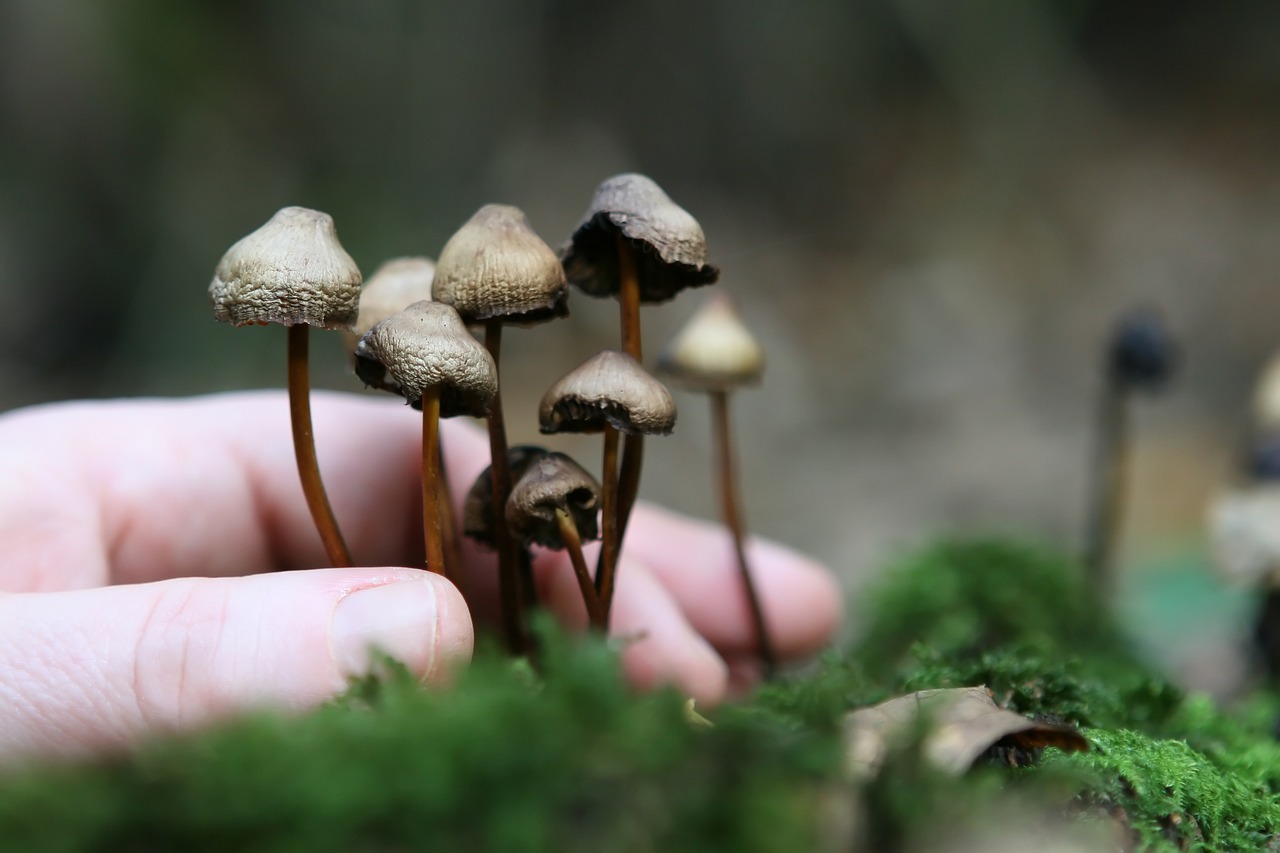Decoding Mycelium
Mycelium, the root structure of fungi, essentially acts as the digestive system for mushrooms. It seeks and processes nutrients into a form that the fungus can absorb, fueling its growth. The byproduct of this process enriches the soil around it, providing vital nutrients for other plants and creating a nutrient-rich biomass that serves as an excellent garden mulch.
Beyond their role in mushroom development, mycelium networks are critical for the health and growth of many terrestrial plants, including trees. For example, tree roots form a symbiotic relationship with fungi: the tree provides the fungus with carbon in the form of sugars, and the fungus reciprocates by supplying the tree with essential minerals like nitrogen and phosphorus. Discover more about this relationship here.
Fascinatingly, mycelium networks function as an underground communication system among plants, akin to the neural networks in our brains. Recent scientific studies indicate that plants and trees may have basic nervous systems that fungi could potentially influence, impacting processes such as communication, memory, and learning. Furthermore, mycelium enhances soil health by decomposing organic matter and neutralizing any pollutants.
If you’re keen on cultivating magic mushrooms, grasping the growth of mycelium is fundamental. The cultivation process might seem daunting for beginners, but understanding mycelium is an essential first step. While you can always opt to buy mushrooms from Shroom Gummies Canada online, knowing about mycelium can enrich your mushroom cultivation journey.
Mycelium’s Growth Journey
When fungal spores come across a suitable environment for growth, they start developing two types of mycelium. The first type, known as primary or monokaryotic mycelium, is defined by a single nucleus in each cell and is typically invisible to the naked eye. The second type, referred to as secondary or dikaryotic mycelium, is visible and houses two nuclei in each cell.
As fungal spores germinate, they form the initial, monokaryotic mycelium, which is also known as the primary mycelium. When this monokaryotic mycelium encounters another compatible one, they can unite to form a dikaryotic mycelium, the secondary stage. It’s this dikaryotic mycelium that has the ability to generate mushrooms or sclerotia.
Types of Mycelium
Mycelium is categorised into three types, two of which are a sign of successful cultivation.
- Rhizomorphic mycelium is characterized by its string-like extensions, which are made up of units called hyphae, forming a network known as rhizomorphs. This type of mycelium spreads out initially and sends chemical signals back to the colony indicating a suitable area for nutrient supply. The rest of the mycelium follows suit. The tip of the rhizomorphic mycelium releases peroxidase, which breaks down the material ahead for sustenance. The hyphae then spread across the material, distributing the nutrients throughout the colony. Many cultivators prefer rhizomorphic mycelium due to its propensity to produce mushrooms as it sprouts from the substrate.
- Tomentose or “Fluffy” mycelium largely resembles rhizomorphic mycelium, but its unique arrangement of strands sets it apart. These strands, although not instantly visible, are present and bunched together, giving it a cotton-ball-like appearance. Whether the mycelium exhibits rhizomorphic or tomentose characteristics largely depends on the growing conditions. There’s an ongoing debate among cultivators about whether the type of mycelium influences the growth rate or harvest yield.
- Aerial mycelium surfaces when the conditions are not ideal for growth. Under suboptimal conditions, the mycelium tends to grow outward, rather than across the medium or in a cluster. Often confused for bacterial contamination, this type of mycelium can impede your mushroom cultivation, leading to weaker and smaller mushrooms. Aerial mycelium usually emerges due to inadequate fresh air exchange and excessive humidity.
Mold or Mycelium?
It’s vital to distinguish between mold and mycelium. If you notice green, blue, grey, or black patches on or within your fruiting box, it’s likely contaminated. Discolouration is a significant sign. However, blue spots could simply be bruises.
Cobweb molds are typically conspicuous. Instead of the bright The Mycelium‘s white typically displays a greyish tint and possesses a stringy, fluffy texture. Although cobweb moulds and green moulds pose no harm to humans, they can detrimentally impact the health of your mushrooms.
Shroom Gummies Canada: Your Trusted Mushroom Information Source
When the topic of psychedelic mushrooms in Canada arises, consider Shroom Gummies Canada. We strive continuously to equip you with the essential information for a secure and pleasurable mushroom experience.





